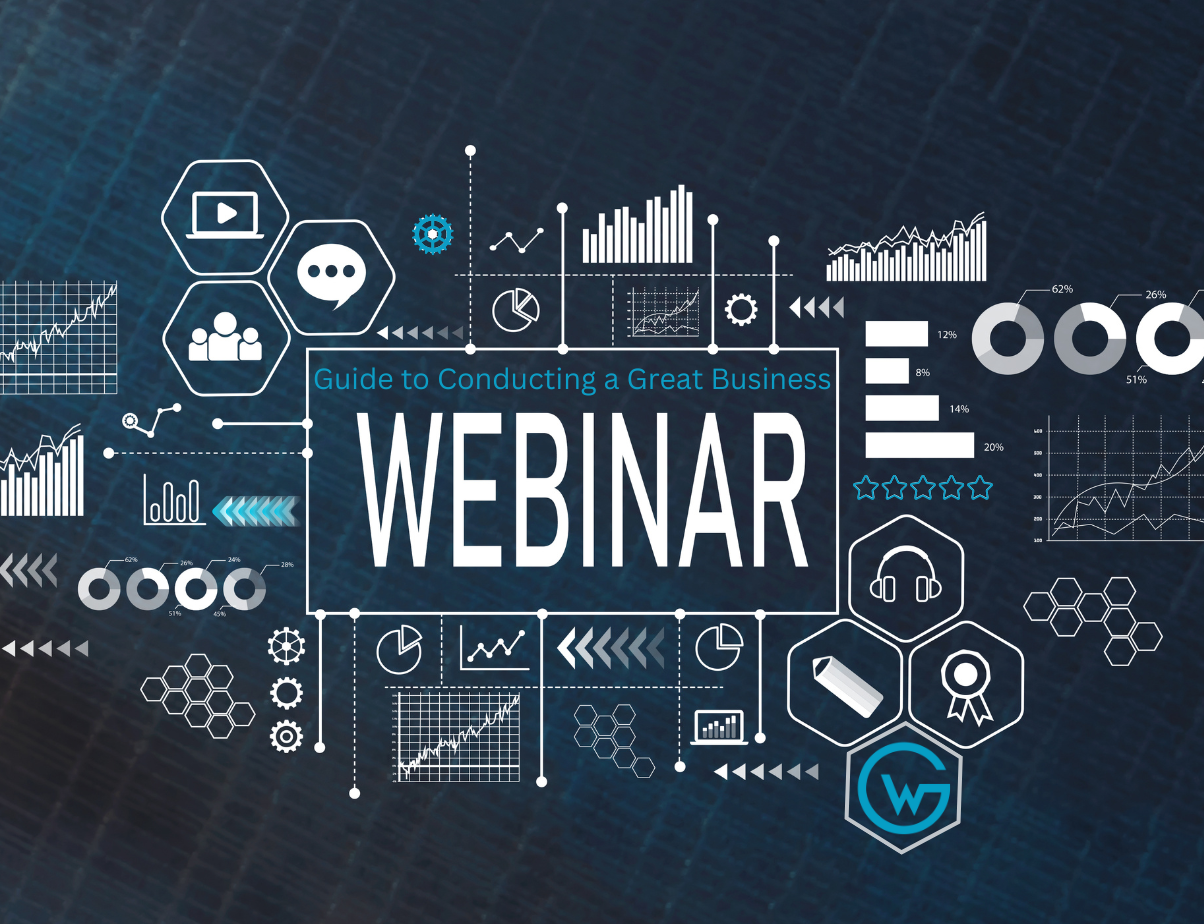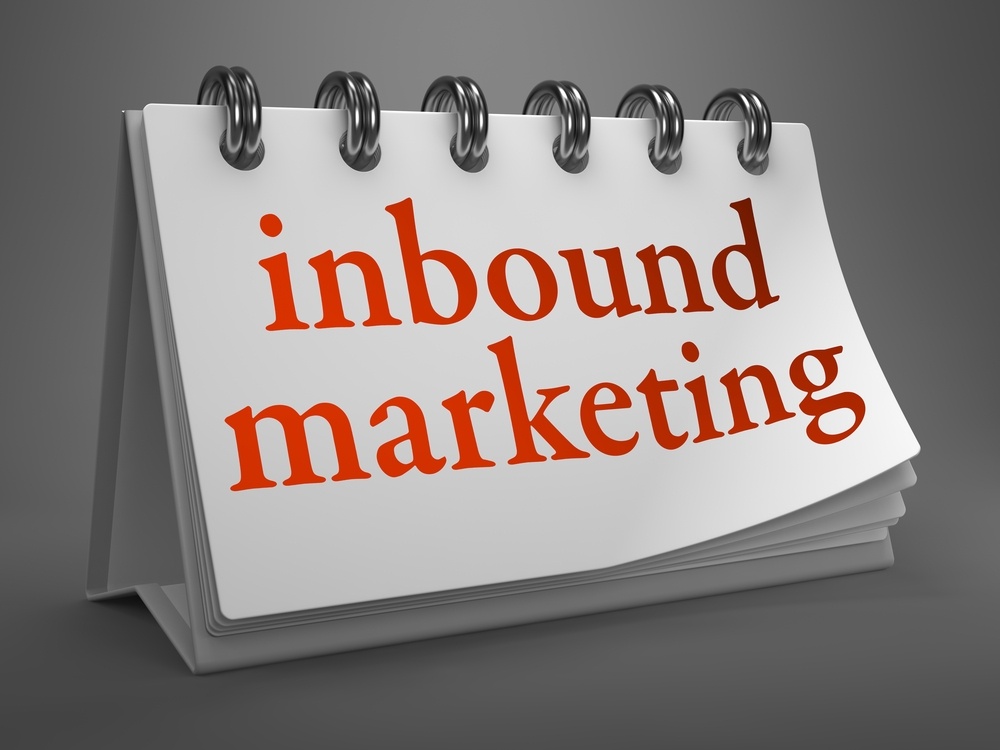The Ultimate Guide to Conducting a Great Business Webinar

Webinars can be powerful marketing tools that allow you to increase market share, drive new leads, and sell more products and services. However, if you think you can get away with “winging it,” think again—much like everything else in life, a subpar effort produces sub-par results.
Conducting a successful webinar requires weeks of careful pre-planning and preparation to ensure participants feel that you’re delivering value above and beyond. Read on to learn how to conduct an engaging business webinar that makes a lasting impact.
Start with a Plan: 8 Weeks Prior
Pick your date and time—Timing is crucial in webinar planning. Consider your target audience's geographical locations, their work schedules, and the best time of day when they are most likely to attend. If you're targeting an audience scattered throughout different time zones, find a time that works best for everyone.
Determine your topic—Choose a topic that is timely, relevant, and aligns with your audience's needs or interests. The more compelling the subject, the more likely people are to sign up. It's also essential that the topic has enough depth to provide valuable content but not so broad that it becomes overwhelming.
Preparation is Key: 6 Weeks Prior
Define the webinar's structure and content—Outline your webinar’s flow. Generally, it should include a brief introduction, main content, and a Q&A session at the end. Use a mix of insights, anecdotes, facts, and stories to keep your audience engaged.
Choose your webinar platform—Various webinar platforms are available, such as Zoom, GoToWebinar, or WebEx. Choose one that fits your budget and technical requirements and offers the best user experience for you and your audience.
Spread the Word: 4 Weeks Prior
Create your promotional materials—Design an engaging registration landing page, along with email invitations, social media posts, and other promotional materials. Make sure they effectively communicate the benefits of attending your webinar.
Begin promoting—Share your webinar on different platforms such as email newsletters, social media, your company’s website, and even through partner or affiliate networks. Regularly remind your audience about the upcoming webinar, but don't overdo it, as it might lead to annoyance.
Rehearse and Refine: 2 Weeks Prior
Run a tech check—Ensure your equipment (computer, microphone, webcam) and internet connection are working well. Test the webinar platform features such as screen sharing, polling, or chat. Consider resetting your modem and router by pulling the power cord and waiting 1 minute.
Rehearse—Practice makes perfect. Do a few dry runs with your team to ensure the presentation flows smoothly and to get comfortable with the content.
The Final Countdown: 24 Hours Prior
Send a reminder email—A day before the webinar, send out reminder emails with the link to join the webinar and any necessary instructions. This will help boost attendance.
Set up your environment—Prepare your physical space for the webinar. Ensure you have a quiet, well-lit environment and avoid any potential interruptions.
Have a backup plan—What if your power or internet connection goes out? What if you fall sick from food poisoning the night before? Create a backup plan that will allow you to deal with any unforeseen issues that might arise effectively.
Showtime: Day of the Webinar
Log in early—Join the webinar at least 15-30 minutes early to handle any last-minute technical issues.
Engage your audience—Make your presentation interactive by asking questions, conducting polls, or encouraging chat engagement. This will help keep your audience interested and involved. Avoid using the word “Umm” as much as possible—as it’s unprofessional and sounds like you don’t know what you’re talking about.
Post-Webinar: Follow Up
Send a thank-you email—Shortly after the webinar, send an email thanking your attendees for their time. Provide them with a recording of the call and any resources (e.g., slide deck) you used during the presentation.
Collect feedback—Feedback is crucial for improvement. Consider sending a short survey asking attendees for input on what they liked and areas for improvement.
Remember, webinars are all about delivering value to your audience. Your goal should be to offer a memorable experience that leaves them wanting more.
Download our Free "Ultimate Webinar Checklist"
At Witmer Group, we understand the importance of careful preparation to ensure a successful marketing campaign. We created a downloadable "Ultimate Webinar Checklist" to help you properly plan your next webinar.
This timeline-based checklist breaks down when and what you need to do to ensure a successful webinar, starting from 8 weeks before the day of the event.

